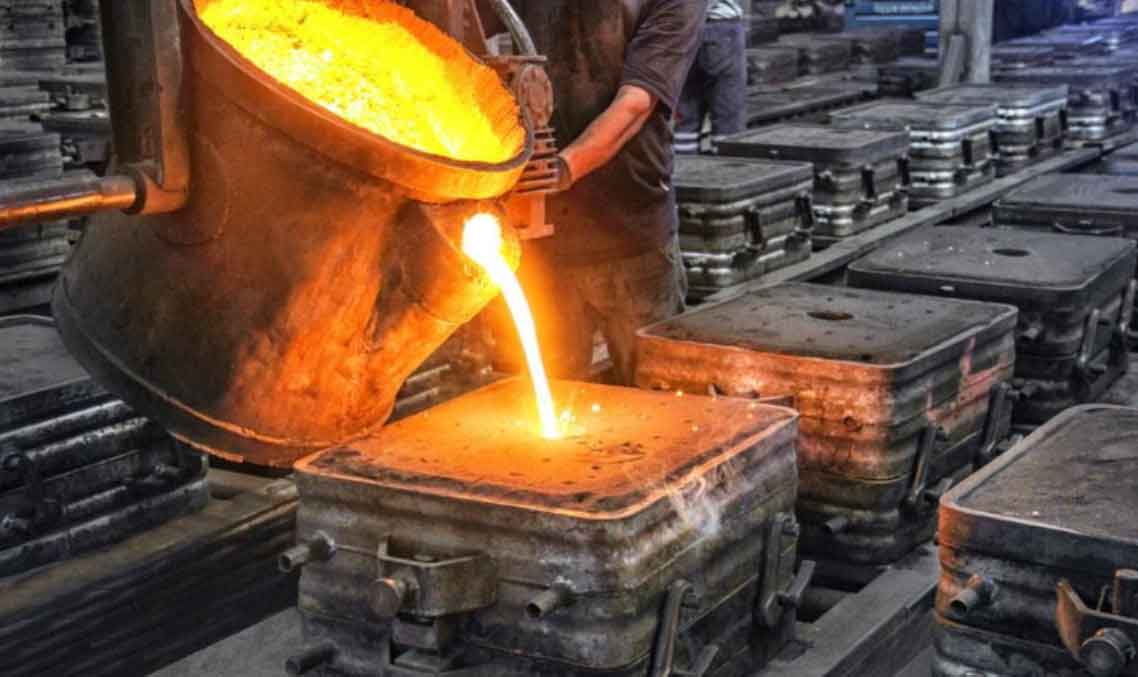Quality control is a critical aspect of sand casting manufacturing to ensure that flawless castings are produced consistently. The following are key steps and methods employed in quality control for sand casting:

- Material Inspection: Thoroughly inspect incoming raw materials, including the sand, binders, and alloys, to ensure they meet the required specifications and quality standards.
- Pattern Inspection: Check the patterns for accuracy and dimensional correctness before they are used to create molds. Any discrepancies should be corrected before proceeding.
- Mold Inspection: Inspect the molds for defects or imperfections that could affect the final casting. This includes checking for cracks, uneven surfaces, or loose sand.
- Process Control: Monitor and control the casting process parameters, such as pouring temperature, solidification time, and cooling rate, to ensure consistent and repeatable results.
- Non-Destructive Testing (NDT): Utilize NDT techniques, such as X-ray, ultrasonic testing, and dye penetrant testing, to detect internal defects in the castings that may not be visible externally.
- Visual Inspection: Conduct visual inspections at various stages of the manufacturing process to identify surface defects, such as cracks, porosity, or inclusions.
- Dimensional Inspection: Measure the dimensions and tolerances of the castings using precision tools and equipment to verify that they meet the required specifications.
- Metallurgical Analysis: Perform metallurgical analysis, including hardness testing and microstructure examination, to ensure that the casting material has the desired properties.
- Gating and Riser Design Inspection: Verify the gating and riser system design to ensure proper metal flow, minimize defects, and promote uniform solidification.
- In-Process Testing: Conduct periodic testing during the manufacturing process to identify any deviations from the desired quality and take corrective actions as needed.
- Sample Testing: Randomly select castings for testing and inspection to verify the overall quality of the production batch.
- Documentation and Traceability: Maintain detailed records and documentation of the casting process, inspection results, and any corrective actions taken. This allows for traceability and helps identify potential issues.
- Employee Training and Skill Development: Ensure that employees involved in the casting process are adequately trained and skilled to perform their tasks effectively and maintain consistent quality.
- Feedback and Continuous Improvement: Encourage feedback from employees and customers to identify areas for improvement and implement corrective actions. Continuously seek to enhance the quality control process.
- ISO Certifications and Quality Management Systems: Obtain relevant ISO certifications (e.g., ISO 9001) and implement quality management systems to demonstrate commitment to quality and continuous improvement.
By implementing robust quality control measures throughout the sand casting manufacturing process, manufacturers can identify and rectify defects early, reduce scrap and rework, improve customer satisfaction, and deliver flawless castings that meet or exceed customer expectations.
